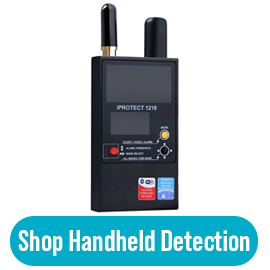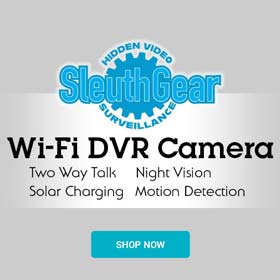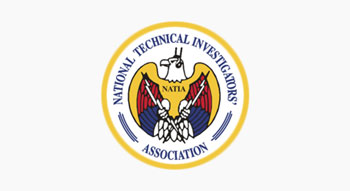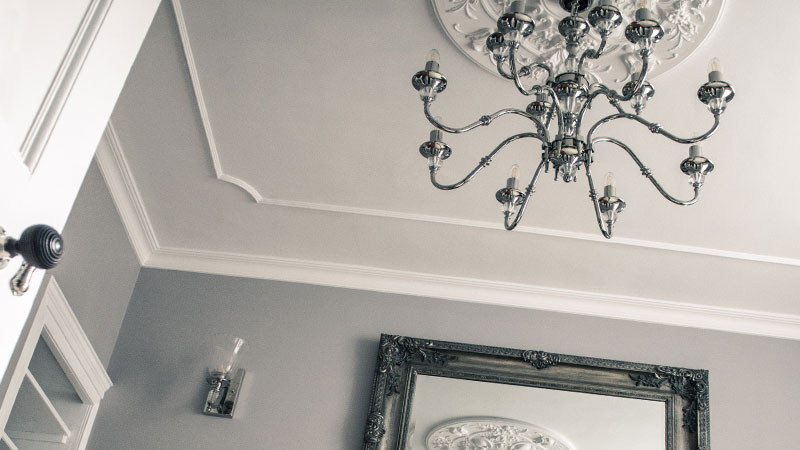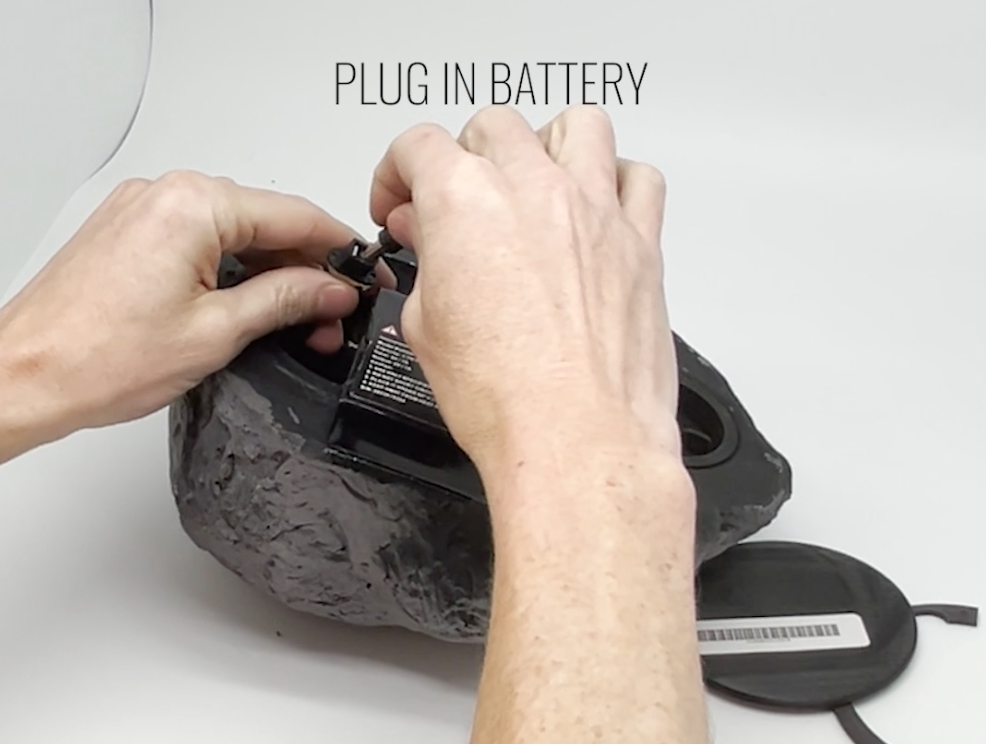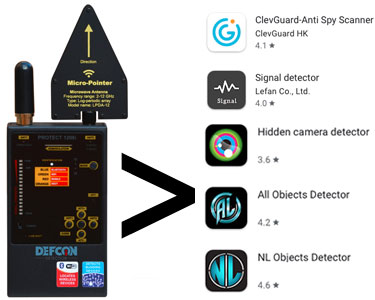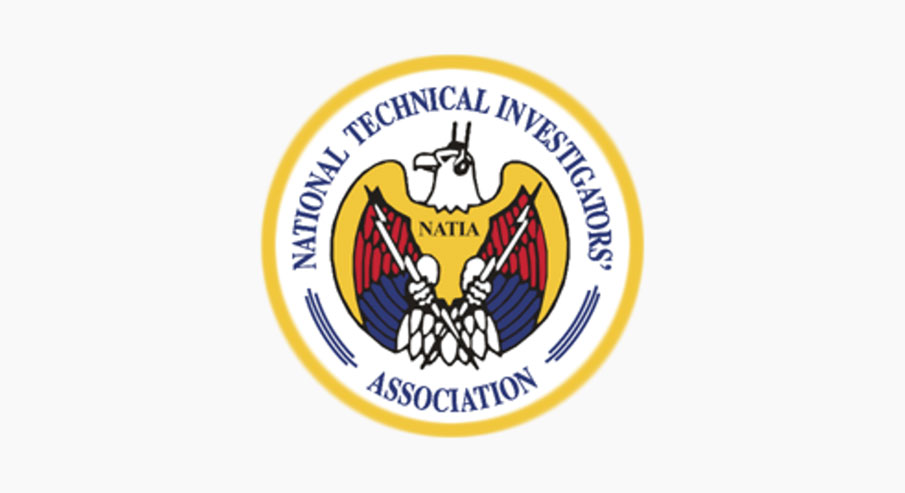How to Successfully Scan for Spy Threats in Your Office
Purchasing a handheld RF detector to search for bugs, hidden cameras, and other spy threats in your office is a smart investment in your business. But how do you make sure this smart investment is actually being used correctly to uncover hidden security breaches? Follow our step by step guide to prepare your office for a successful RF sweep.
Step 1: Understand what RF signals are.
RF signals are tiny electronic waves emitted by any device that is receiving or transmitting data via radio waves to any other device. Most modern offices are very crowded RF environments. Your new RF detector cannot determine which are 'good' or safe RF signals and what are 'bad' signals. All it sees is the signal.
Step 2: Control your environment and eliminate all variables
This is the crucial step. Because your RF detector cannot distinguish between the safe signals of your own devices and the invasive signals of a hidden camera or listening device it is important to turn off or power down all known transmitting devices. In an office, this includes obvious devices such as:
-
Computers and laptops
-
Monitors
-
Printers (particularly any that are connected via wi-fi)
-
Modems and routers
-
Cellphones and tablets
-
Security cameras
-
Amazon, Google, Apple personal assistants (if it has a name, turn it off)
It also includes less obvious devices that are still found in offices:
-
Microwaves (ensure it is not in use)
-
Coffee makers (particularly any that are connected to smart phone apps)
-
Radios, CB radios, and weather radios
-
Bluetooth headsets, earbuds and radios
-
Remote controls for TVs or monitors (remove the batteries)
-
Smart bulbs, smart sockets, smart switches (if you can talk to it, turn it off)
Search the environment for any device that could be using wi-fi or bluetooth and either ensure it is powered off, unplugged or that the batteries are removed. Failure to execute this step with a great deal of detail will result in a confusing and incorrect scan.
Step 3: Think like a spy
If you suspect you are being bugged or watched think about what a spy could be looking for and where they would place the hidden camera or listening device. If someone wants to watch you log into sensitive client accounts scan surfaces that face computer monitors or TVs. Look inside ceiling tiles that are over file drawers or tables. Check the underneath side of chairs or desks where sensitive conversations happen. It is important to understand that in a congested environment like a multi-level office you may also detect RF bleed-over from an office other than your own. If you are unable to shut off bleed-over RF signals from other spaces then your search will be more challenging but not impossible.
Step 4: Inspect suspicious physical objects
After you've used the detection device's antennas and settings to attenuate down to the most likely culprit hiding a spying device then it's important to search the actual object. If your RF detector has honed in on a lamp that is right next to a computer and phone system you'll want to take the shade and base apart to look for a tiny bundle of wires, speaker or lens. That's your spy.
Doing a proper search for hidden cameras and listening devices is a time consuming process. You should plan at least half a day for a small to medium size office, more time for larger offices, as you can't simply turn on the RF detector, wave it around in a circle, and have it announce the presence of any and all unwelcome bugs and cameras. By methodically going through the steps above you'll be able to assure yourself that either you've found all the unwanted hidden cameras or bugs in your office or that you were never being spied upon at all. Either way, congratulate yourself on running a secure workplace.

